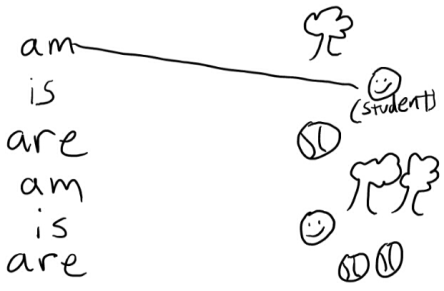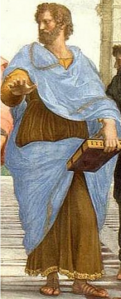Blurt! Students are instructed to state the helping verb in orally presented sentences.
First write the helping verbs on the board: For example, “Is Are Am Does”
Then say a sentence with a helping verb. For example, say: “I am hungry.” The first student to say the helping verb, am, gets a point. Increase sentence length to increase complexity.
For a noncompetitive activity, write each word more than once, and instruct students to work together to eliminate all the words on the board.
Surprising Statements. Use tag questions to verify surprising statements, such as, “My son is seven feet tall.” or “My pet birds wear shoes.” The student is instructed to create a tag question with the helping verb.
Examples: “He is?” “Sarah did what?” “Your pet birds do?” “I should have?” “Ben Franklin did?”
Persuasion. Write target helping verbs on the board. Student is instructed to convince a reluctant friend to go somewhere using target words. Examples of possible places: an amusement park, the zoo, a skating rink, a rodeo, etc.
Examples: “The rides are great.” “There are a lot of elephants.” “It was not crowded the last time.” “You will have so much fun.”
Zig Zags. Write target words on one side of page or board, and matching pictures on the other side, not directly across from each word. When the page is finished have the student match the pictures to the words, or send home for quick and easy homework. Zig Zags work great for differentiating common confusions, such as singular and plural helping verbs, e.g. is, are, was, were, has, have, do, and does.
(Find many more activities, in many other areas under the menu header above labeled, “Language Therapy Ideas.)
 which can be rationally taught.
which can be rationally taught.